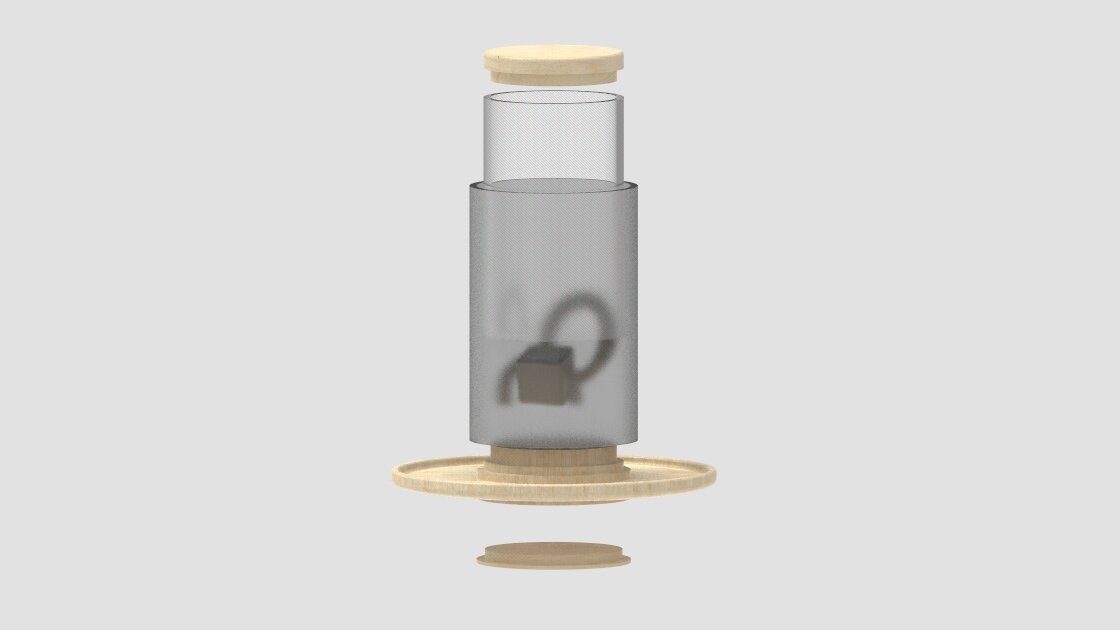
Memorable Artefacts 2020
Industrial Design international project for Pratt University, New York City (Visiting Semester 2020)
Made in collaboration with art therapists in Brooklyn: Crystal Chen.
An expressive therapy tool for domestic violence victims on their journey through therapy.

Context
During the COVID 19 Pandemic domestic violence has risen exponentially. Many women rely on art therapy and expressive therapy as an outlet for their emotions on their journey to recovery. Due to the pandemic, many have moved to online therapy, where therapists noted the ability to express oneself diminished.
Through this project, I attempted to design a set of shapes that could encompass the feelings from domestic abuse trauma, and recovery. I intended to raise questions around how we may be able to better communicate our feelings through attachment to transitional objects, with a safe place to home them and to keep.
Process
Although this project began during the pandemic, I was determined to learn as many processes and techniques as possible. Prototyping with clay, modelling foam, magnets, wood, 3D printing, cardboard cut outs and many more.
The project took many twists and turns, but the final artefact design displays a simple way for the suer to interact with the shapes. From conversations and interviews with art therapists, their were many art therapy processes that had to be designed into the artefact. The act of placing something inside or outside of something is why I developed a plate for the vessel to sit on. The activity of a reveal was a key process that was researched in order for the user to gain anticipation in their journey.
Below, you can see a focus group interaction activity assessing the clay shapes to be decided for each set of emotions that may arise.













Outcome
The Shapes are designed to include smooth, rigid, angular and fluid motions. These can encapsulate many feelings.
The Artefact comprises the plate, vessel and top. All correspond to different practices used by art therapists. Two layers of acrylic are used to create anticipation and a revealing element in the therapy journey.
The Journal includes the process of weekly check ins with the therapist. The journal acts as a way to reflect on the process.
At the end, each user is left with a memorable artefact of their journey, which can be edited over time.







